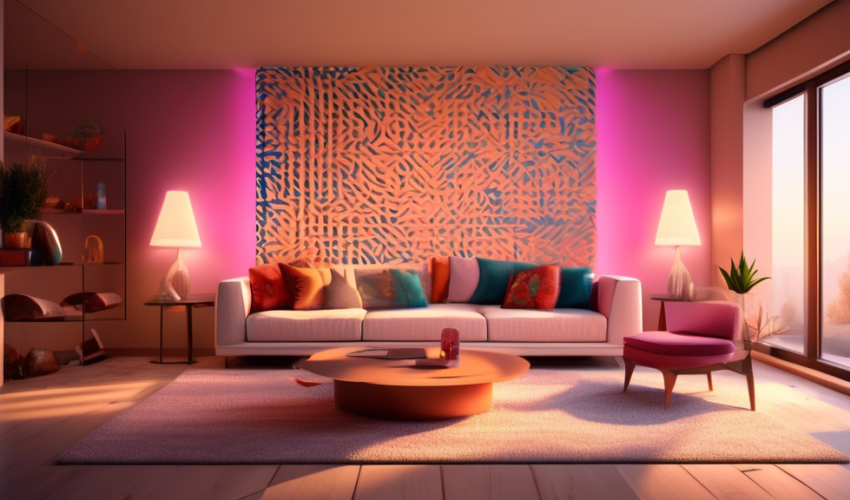Drywall has transcended its utilitarian origins to become a versatile canvas for architectural expression. The smooth, seemingly blank surfaces of modern interiors can be transformed into stunning features through imaginative drywall design. Whether aiming for subtle elegance or a bold statement, these creative ideas can infuse spaces with dynamism, texture, and personality.
Texture Play
One of the simplest yet profound ways to elevate interior spaces with drywall is through the introduction of texture. Techniques such as skim coating can create a smooth, refined surface, while adding materials like joint compound in a more freeform manner can produce rough, organic patterns. For a more intricate approach, special tools and techniques can be used to mimic the look of stone, wood, or fabric, making the walls themselves works of art.
Geometric Patterns and Shapes
Drywall doesn’t have to be confined to flat planes or simple curves. Cutting-edge drywall design involves playing with geometric patterns and shapes to create features that pop. This could be as straightforward as creating a series of recessed panels for a subtle texture or as complex as constructing a 3D wall installation that serves as a focal point. Sharp angles, curves, and layered levels can all add visual interest and depth to a room.
Incorporating Niches and Shelving
A practical yet stylish way to use drywall is to integrate storage directly into the design. Built-in niches and shelving not only provide space for displaying art, books, or collectibles but also contribute to a clean, minimal aesthetic by reducing the need for freestanding storage units. Whether embedded in thick walls or crafted to stand out as sculptural elements, these features combine form and function in striking ways.
Hidden Doors and Secret Passages
Adding an element of surprise and mystery, hidden doors and secret passages can be seamlessly integrated into drywall designs. This playful approach not only maximizes usable space but also introduces a novel feature that can be both functional and conversation-starting. From hidden bookcases to unassuming wall panels that lead to private retreats, these installations can transform ordinary spaces into extraordinary experiences.
Lighting Effects
Strategic use of lighting can dramatically enhance the impact of drywall designs. Indirect lighting, where light sources are hidden within coves or recesses, can create a soft, ambient glow that highlights the wall’s texture or shape. Conversely, direct lighting can emphasize specific features or cast intriguing shadows across the surface. Integrated LED strips, spotlights, or backlit panels can transform drywall into a luminous element that changes the mood and dimensionality of a space.
Ceiling Sculptures
Why should walls have all the fun? Drywall can also be used to create stunning ceiling features that draw the eye upward and make a bold statement. Curved designs, geometric patterns, or tiered levels can add drama and a sense of openness. Integrated lighting within these structures can further enhance their impact, making them not just architectural features but focal points that anchor the room.
Modern drywall design pushes the boundaries of what’s possible in interior architecture. By incorporating these creative ideas, designers and homeowners can transform ordinary spaces into captivating, functional art pieces. Whether through texture, shape, integrated functionality, hidden features, lighting, or ceiling sculptures, drywall offers endless possibilities for enhancing the aesthetic and value of modern interiors.

